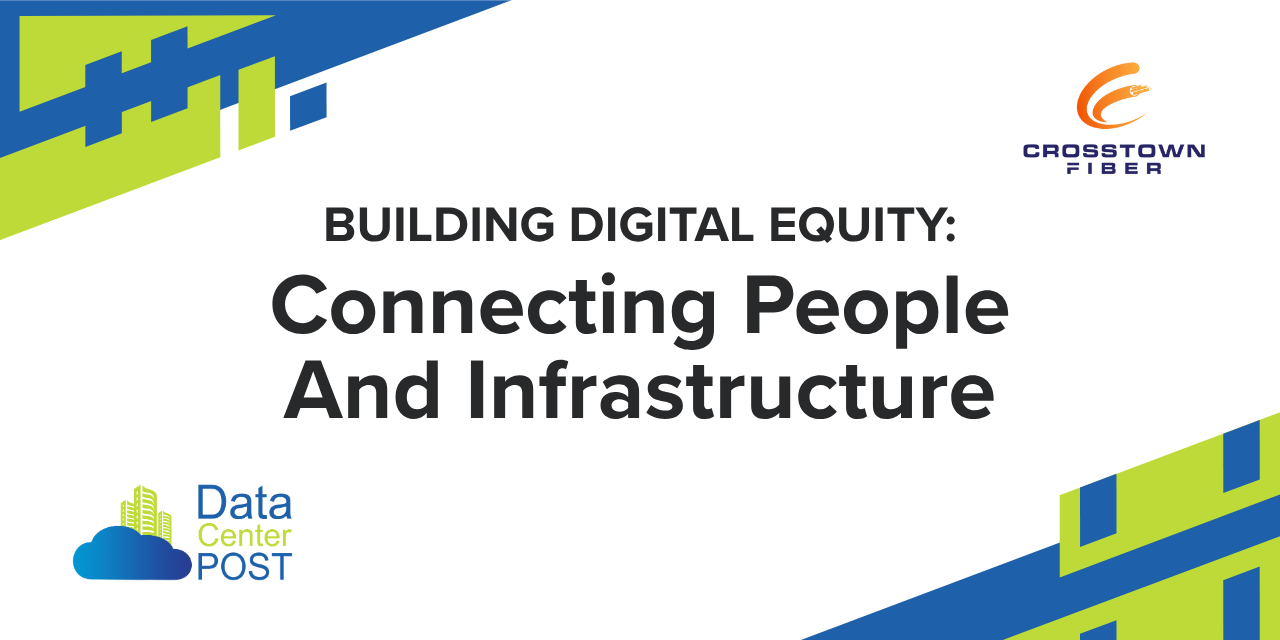Originally posted on Crosstown Fiber.
Digital equity is one of the most pressing challenges facing communities today. Many neighborhoods still struggle with the digital divide, the gap between those who have reliable, high-speed internet access and those who do not. This divide limits access to education, healthcare, and employment, making it harder for people and local economies to thrive.
Closing it requires more than cables and connections. It demands both strong, lasting infrastructure and human-centered investment, ensuring that individuals not only have access to technology but also the confidence and skills to use it effectively.
Understanding Digital Divide
Across the country, gaps in broadband access persist. In urban neighborhoods, affordability and access to reliable networks continue to create barriers. In rural areas, distance and limited infrastructure often restrict connectivity altogether. In both cases, the outcome is the same: limited opportunity to learn, work, and participate fully in an increasingly digital world.
The divide is not only about connectivity; it is about opportunity, equity, and inclusion. Building networks designed for the future is critical, but so is building the human infrastructure that turns access into empowerment.
To continue reading, please click here.


